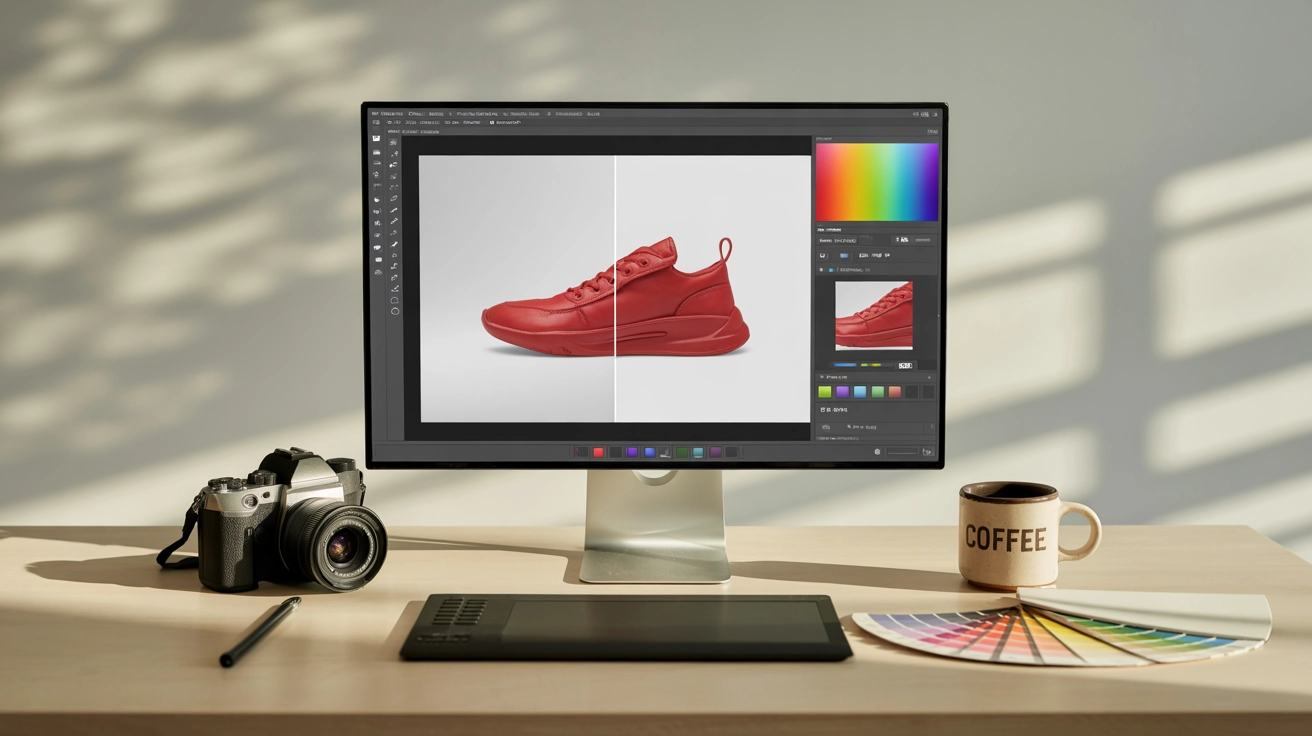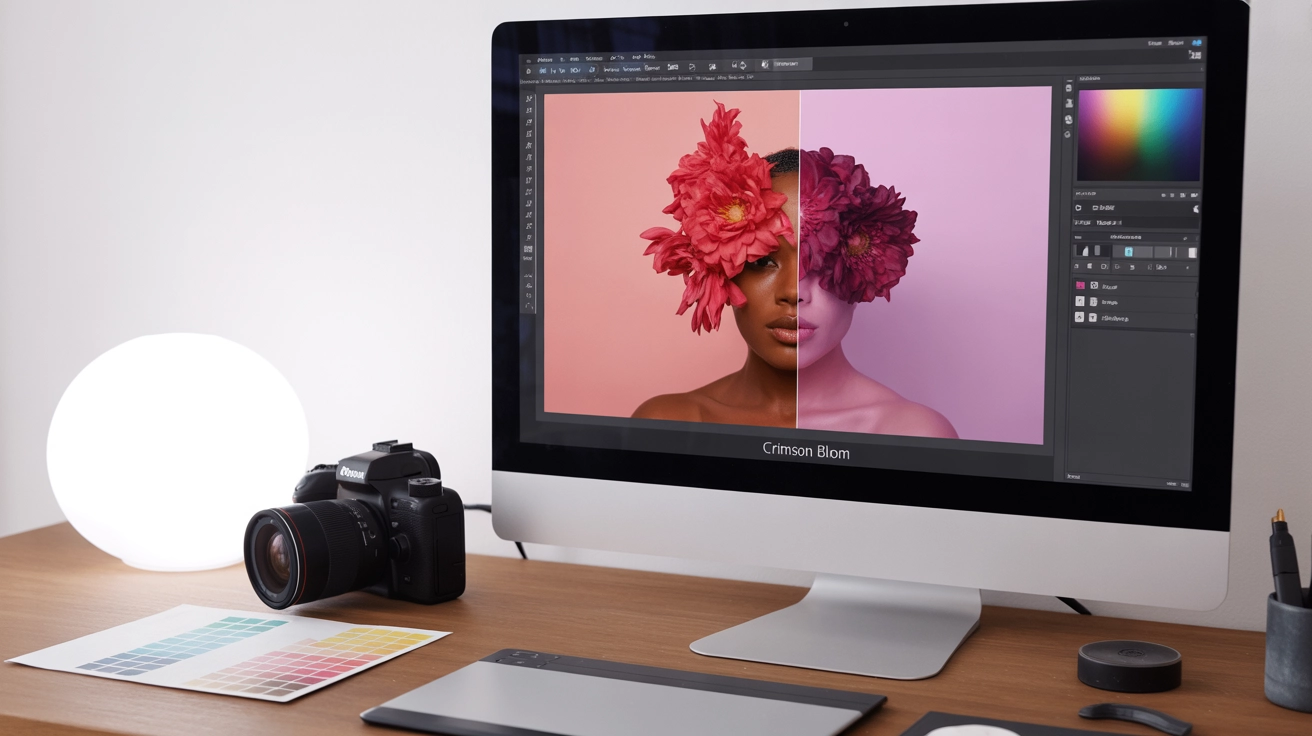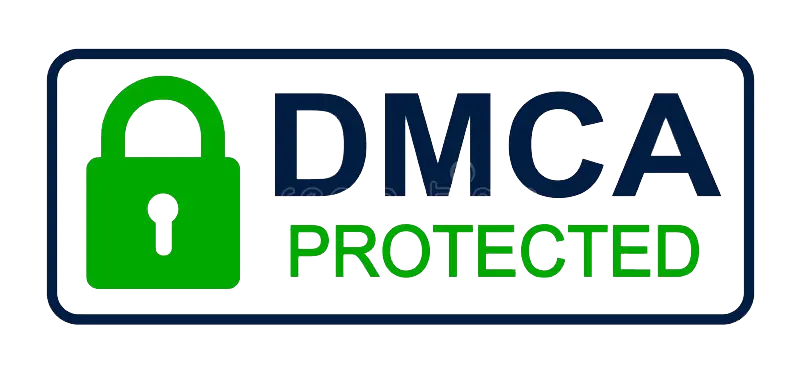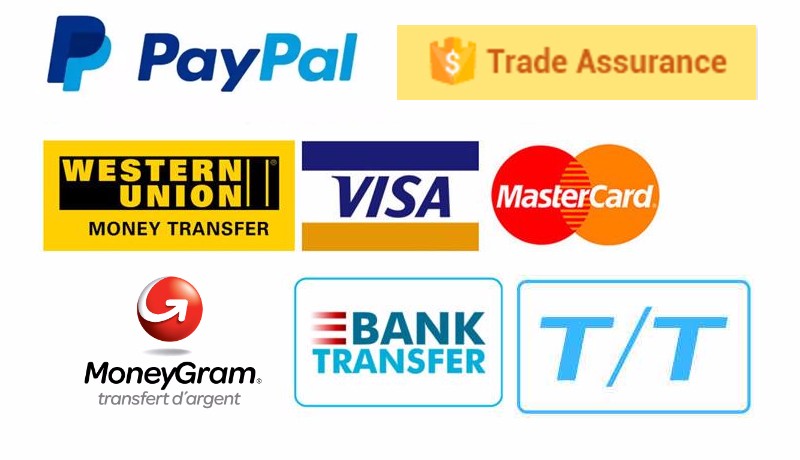
Professional photography image editing services enhance photos by correcting colors, removing flaws, and creating eye-catching visuals. Skilled editors use advanced tools like Photoshop or Lightroom to retouch skin, refine backgrounds, and sharpen details. This process ensures high-quality, polished images perfect for e-commerce, advertising, portraits, and social media marketing.
Client intake & brief
Get the job details: purpose (e-commerce, portrait, editorial), style references, required file formats, resolution, color profile, number of images, deadline, and budget. Ask for sample images or brand
Receive & organize files
Accept images via cloud link (Google Drive, Dropbox, WeTransfer) or FTP. Create a project folder with subfolders: RAW, Edited_Work, Exports, Originals_Backup, and Revisions. Rename files with a consistent naming convention.

Initial culling
Quickly scan all images and mark selects/rejects. Remove technically unusable shots (severe blur, bad exposure) and flag the ones needing different edit styles (basic retouch, heavy compositing, background removal).
Backup & convert
Back up originals. Convert RAW files to a non-destructive working format (16-bit TIFF or PSD with layers) in batch if needed. Preserve metadata and color profile.
Global corrections (color & exposure)
Apply global adjustments first: white balance, exposure, contrast, highlights/shadows, and basic color grading to match the client’s reference. Use curves and levels for consistent tonality across the set.

Local corrections & retouching
Move to spot healing, frequency separation or dodge & burn for skin, remove blemishes, stray hairs, and sensor dust. For product images, do edge refinement and surface cleaning (scratches, reflections).
Background & compositing work
For e-commerce or creative composites, remove or replace backgrounds using precise masking and clipping paths. Match shadows and perspective to make composites realistic.
Advanced edits
Perform object removal, perspective correction, sky replacement, or color isolation as requested. Create and use adjustment layers, smart objects, and layer masks to keep edits reversible.
Sharpening & noise reduction
Apply selective noise reduction to smooth low-light areas and targeted sharpening to maintain detail on eyes, product edges, and texture. Use output-specific sharpening for web vs print.
Consistency pass
Compare images side-by-side to ensure a cohesive look across the set: matching color temperature, exposure, and contrast. Make batch adjustments or create presets for repeatability.

Export & file prep
Export final files in required formats/sizes (JPEG, PNG, TIFF, Web-optimized, or print-ready PDFs). Include properly embedded color profiles and separate folders for high-res and web versions.
Quality control & delivery
Run a final QC checklist (color, clipping, artifacts, correct filenames). Upload deliverables to the agreed channel and notify the client with a clear summary and download links.
Revisions & final sign-off
Offer a revision round per your policy. Implement client changes promptly, then deliver the final package and an invoice. Retain backups for an agreed period.
Follow-up & feedback
Ask for feedback and testimonials. Offer tips for future shoots (lighting, framing) to make editing faster and improve final results.



